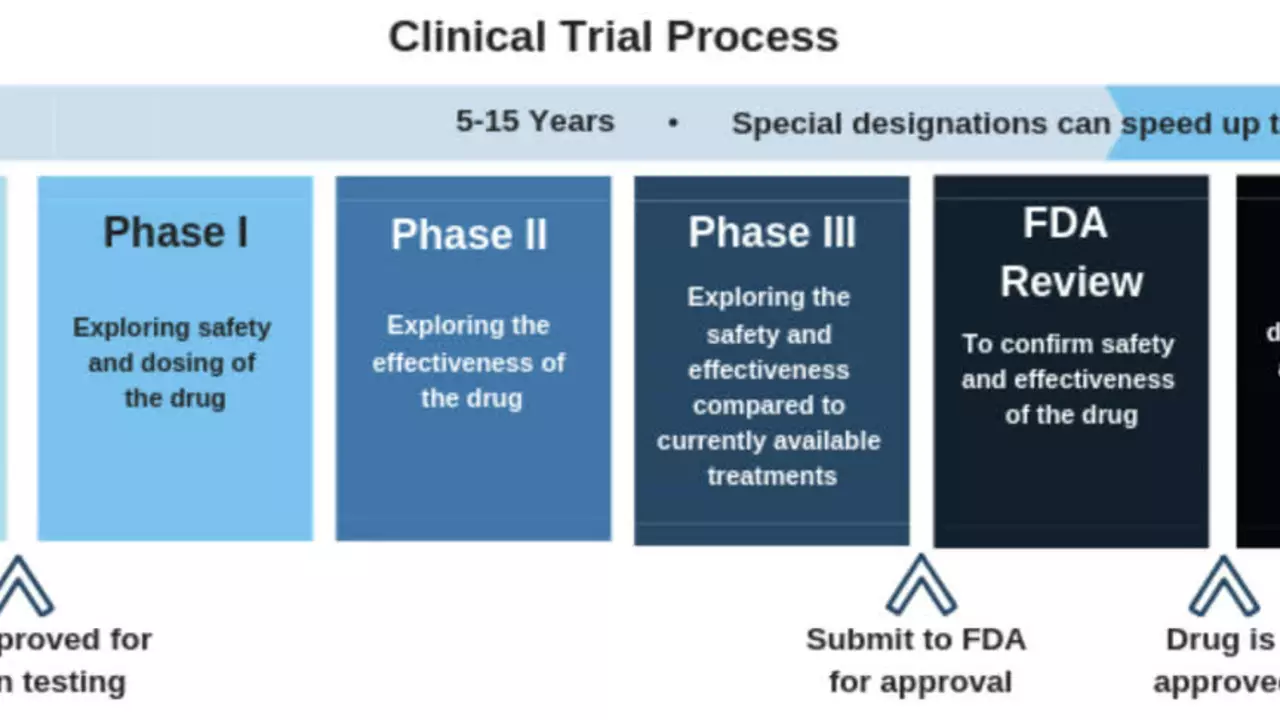Flibanserin history: from antidepressant trials to Addyi
Here’s the short version: flibanserin started life as an experimental antidepressant, then was repurposed and approved in 2015 as Addyi — the first FDA-approved pill for low sexual desire in premenopausal women. The road to approval was rocky, with mixed trial results, safety worries and heated public debate. If you want the practical facts — what it does, why people argued about it, and what to watch for — you’re in the right place.
How flibanserin was discovered and approved
Pharmaceutical researchers first tested flibanserin for depression because it affects serotonin and other brain chemicals. Early trials didn’t show strong antidepressant effects, but researchers noticed it sometimes changed sexual desire. That led to new trials focused on hypoactive sexual desire disorder (HSDD) in women.
The evidence for benefit was modest: on average, women in trials reported a small increase in satisfying sexual events and desire scores compared with placebo. Regulators and doctors argued about whether the benefit justified the risks. After several rounds of review and public attention, the U.S. Food and Drug Administration approved flibanserin (marketed as Addyi) in 2015 for premenopausal women with HSDD.
What flibanserin does, and what to watch for
Flibanserin works on brain chemistry: it acts on serotonin receptors and tends to increase dopamine and norepinephrine in certain brain areas. Those shifts can raise sexual desire for some women. The usual dose is 100 mg taken at bedtime.
Common side effects include dizziness, sleepiness, nausea and fatigue. There’s a serious safety point: flibanserin can cause low blood pressure and fainting, especially when mixed with alcohol or certain other drugs. Because of that interaction and other risks, prescribers are careful about who should try it. It’s approved only for premenopausal women — not for men and not broadly for all women with sexual concerns.
If you’re considering flibanserin, tell your doctor about alcohol use and all medicines you take. Strong CYP3A4 inhibitors (a class of drugs that includes some antifungals and antibiotics) raise flibanserin levels and can increase side effects, so doctors avoid combining them. Expect a frank talk about realistic benefits: some women see meaningful improvements, others get little change.
The drug’s history matters because it shows how medicine, evidence and public pressure can collide. A patient advocacy push helped raise awareness, and regulators responded cautiously. Since 2015, alternatives and other approaches — including counseling, behavioral strategies, and the later approval of different drugs for HSDD — have broadened options.
Bottom line: flibanserin is a real option for a specific group of women, but it’s not a miracle pill. If low sexual desire is affecting your life, bring it up with your clinician. Ask how flibanserin works, what the likely benefits are in your case, and how to avoid risks like alcohol and drug interactions.
The History of Flibanserin: From Development to FDA Approval
Flibanserin, famously known as the "female Viagra", has an interesting journey to FDA approval. Initially developed as an antidepressant, it was repurposed in response to women's sexual health needs. Despite initial rejections due to concerns about its side effects, it gained FDA approval in 2015. Now, it's a key player in addressing hypoactive sexual desire disorder in premenopausal women. It's a fascinating example of drug evolution and the power of persistence in the pharmaceutical industry.
© 2025. All rights reserved.

